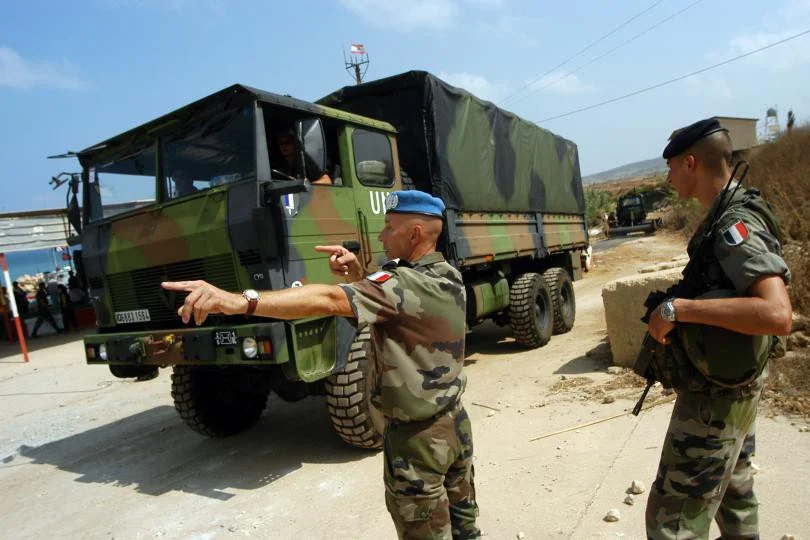Note: There was a great amount of heat vs. light in many of the comments made in response to Strong State, Weak State, many of which seemed to mistake R2P for something it’s not. The strong identification of the Obama administration with R2P seems to have resulted in the politicization of the norm amongst U.S.-based commenters.
Mark Safranski responded to my piece with a wholesale denial of R2P as a norm or established part of international law, but seems to focus on R2P-as-intervention, rather than R2P as a spectrum of responses to internal political strife aimed at preventing future atrocities. For example:
Academic theorists do not have the authority to override sovereign (!) powers constituted as legitimized, recognized states and write their theories into international law…
Here Safranski and I agree on the proper role of theorists, but it wasn’t theorists that adopted R2P as a norm; it was the UN Security Council, as set forth in UNSCR 1674 in 2005, which was later utilized in the Libya intervention authorization (UNSCR 1973). Currently there are no higher authorities on interventions, peacemaking, and peacekeeping than the Security Council, which is surely not composed of academic theorists, but rather high-level diplomats that make moves, and yes, establish law, only on the explicit authorization of their countries. That the Security Council adopted the principles of R2P speaks more to the usefulness and applicability of the concepts than to any academic theorizing thereof.
Indeed, the principles of sovereignty as responsibility, and early warning/assistance are eminently useful when discussing post-colonialist and post-Cold War states, where all atrocities have occurred in the period after the Second World War. New and developing states are much more likely to encounter difficulties during their maturing process. As such, recognizing and asking for assistance from regional, and later, international, organizations draws on the geographic and cultural advantages inherent to such groups, increasing speed and effectiveness in their response. R2P expands sovereignty as a concept (while reducing its usefulness as an excuse for doing nothing) by setting the standard that states are expected to ask for assistance when dealing with events that are beyond their means to control. MISCA’s operations and subsequent request for assistance from the UN and EU for operations in the Central African Republic is a prime example of this, and exemplifies the middle part of the spectrum of responses envisioned in R2P. The CAR’s experience illustrates how R2P emphasizes self-awareness of states in their capacity to maintain a monopoly on the use of force within their borders; failing to maintain such a monopoly, R2P exhorts them to request assistance in regaining basic security as soon as possible in support of the population, not the state.
Safranski’s final point about sovereignty as carte blanche seems to be a stealth argument for the principles of R2P:
States always could and did take military action in self-defense when disorders in neighboring states threatened their security or spilled over their border outright.
R2P seeks to minimize harm caused by disorder through early action taken prior to conflicts spilling over borders that can potentially cause larger conflagrations, but more importantly, it recognizes that atrocities can happen entirely within the confines of a state, and that the international community will not allow them to continue unchecked. This recognition is easily seen in the rhetoric and discussions regarding rebels in both Libya and Syria. Libya is admittedly a flawed example of the use of R2P, with second-order effects seen in the Russian and Chinese opposition to UN-sanctioned stabilization operations in Syria, but that concern for the population first and the state second were common facets to both bear mentioning in the debate and illustrate the shifting nature of intervention and sovereignty. This shift is exemplified in the contrast between discussions in the UN General Assembly regarding Kosovo/East Timor and Syria: “most of the 118 states that mentioned Syria at the UN General Assembly in 2012 expressed concern about the population, up from less than a third who invoked Kosovo and East Timor in 1999… It is clear that a fundamental shift has taken place regarding humanitarian intervention and that more and more states embrace the broad values expressed by R2P.” (“Democracy, Human Rights, and the Emerging Global Order: Workshop Summary,” Brookings Institution, 2012)
The counterarguments set forth in Safranski’s piece were echoed across social media, but either misstate principles of R2P, mischaracterize its nature, or are simply unfounded concerns. Continued dispassionate discourse about R2P, heretofore seemingly lacking amongst armchair diplomatists, will help in dispelling such myths.
Have a response or an idea for your own article? Follow the logo below, and you too can contribute to The Bridge:
Enjoy what you just read? Please help spread the word to new readers by sharing it on social media.


